How to Start an Art Journal: A Step-by-Step Guide
Art journaling is an exciting journey that invites you to explore your creativity in a personal and expressive way. Whether you're an experienced artist or a complete beginner, starting an art journal can be a transformative experience. It’s not just about putting paint on paper; it’s about capturing your thoughts, feelings, and experiences in a way that is uniquely yours. In this guide, we’ll walk you through the essentials of getting started, from choosing the right journal to finding inspiration and developing your artistic style. So, grab your supplies, and let’s dive into the colorful world of art journaling!
When it comes to art journaling, the first step is selecting the perfect journal. This choice is crucial because it sets the tone for your entire artistic journey. Think about what size will work best for you; do you prefer something small that you can carry around, or a larger canvas that allows for more expansive creations? Also, consider the paper quality. You want something that can handle various mediums without warping or bleeding. Look for journals with thick, high-quality paper that can support paints, markers, and even collages. Lastly, the binding type matters too. A lay-flat binding might be ideal if you want to work across two pages seamlessly. Remember, your journal is your personal space, so choose one that feels right for you!
Gathering the right materials is a game-changer for your art journaling experience. The more diverse your tools, the richer your pages will be. Here are some essentials you might want to consider:
- Paints: Acrylics, watercolors, and gouache are fantastic options.
- Markers: Permanent markers, gel pens, and brush pens add vibrant details.
- Collage Items: Old magazines, fabric scraps, and photographs can bring texture and depth.
Having a variety of materials not only enhances your creativity but also allows you to express your personal artistic voice more effectively.
Understanding different types of paints and inks can elevate your art journal to new heights. For instance, acrylic paints are versatile and dry quickly, making them perfect for layering. On the other hand, watercolors create soft, delicate washes that can add a dreamy quality to your pages. Don’t forget about gel pens for adding fine details or embellishments; they come in various colors and finishes, allowing for endless creativity!
Selecting the right brushes and tools is essential for applying paint and creating effects. Different brushes can yield different results; for example, flat brushes are great for bold strokes, while round brushes are perfect for detail work. Additionally, consider experimenting with unconventional tools like sponges or old credit cards to create unique textures in your journal.
Mixed media allows for creative expression beyond traditional art supplies. This technique lets you incorporate various materials—think fabric, photographs, or even found objects—into your journal. The beauty of mixed media is that it encourages you to think outside the box and create unique artistic outcomes that truly reflect your style.
Inspiration can come from various sources, and it’s essential to keep your creative well full. Take nature walks to observe colors and textures, flip through art books for techniques, or engage with online communities that encourage artistic exploration. Sometimes, just sitting quietly and reflecting can spark a flood of ideas. The key is to keep your eyes and mind open—creativity is all around you!
Experimenting with different techniques can enrich your art journal. Techniques like layering, doodling, and collage can create visually striking pages that showcase your artistic growth. Don't be afraid to mix and match techniques to see what resonates with you!
Layering is a powerful technique in art journaling. By building depth and texture through multiple layers of paint, paper, and other materials, you can create dynamic visual effects. Start with a base layer, then gradually add more elements, allowing each layer to dry before adding the next. This process can be incredibly satisfying as you watch your page come to life.
Stencils and masks can add unique patterns and designs to your journal. They are perfect for creating intricate and captivating compositions in your artwork. Try using them with sprays, paints, or inks to see how they transform your pages. The possibilities are endless!
Cultivating a personal artistic style is an ongoing process. It involves reflecting on your work and figuring out what themes, colors, and techniques resonate with you the most. Don’t rush this process; allow your style to evolve naturally as you create more pages.
Regularly reflecting on your art journal can provide insights into your growth as an artist. Take time to evaluate your work, noting what you love and what you might want to change. Setting goals for future projects can also help enhance your skills and push you to explore new techniques.
Sharing your art journal with others can foster community and feedback. Consider showcasing your work on social media platforms like Instagram or joining local art groups. Not only can you connect with fellow artists, but you can also receive constructive critiques that can help you grow.
Q: Do I need to be an artist to start an art journal?
A: Absolutely not! Art journaling is for everyone, regardless of skill level. It's about self-expression and exploration.
Q: What if I make a mistake in my journal?
A: Mistakes are part of the creative process! Embrace them, and consider them opportunities to experiment and learn.
Q: How often should I journal?
A: There's no right answer! Some people journal daily, while others prefer to do it weekly or whenever inspiration strikes. Find a rhythm that works for you.
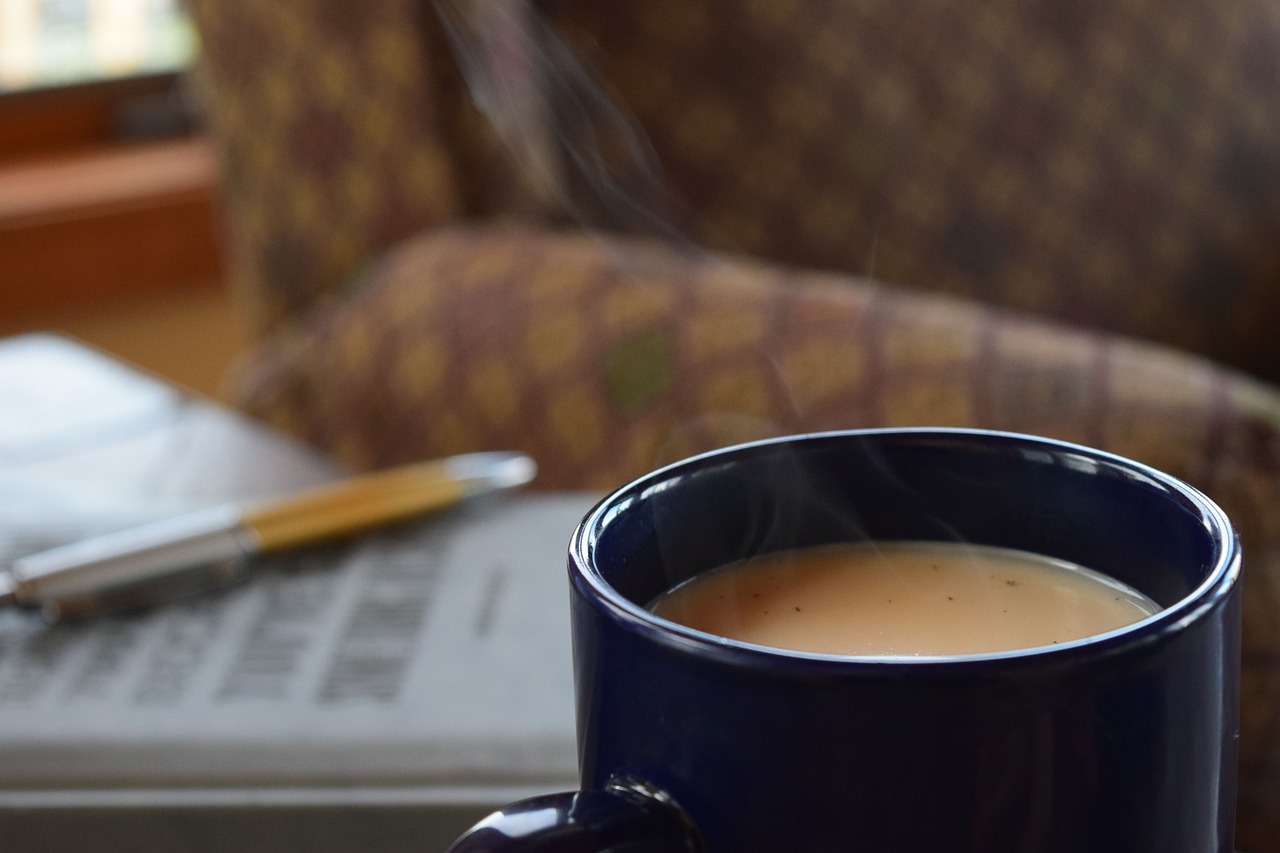
Choosing the Right Journal
Choosing the perfect journal is a pivotal step in your art journaling adventure. It's like picking the right canvas for a masterpiece; it can make all the difference in how your creativity flows. When you're on the hunt for that ideal journal, there are several factors to consider that will ensure it aligns with your artistic style and needs. First and foremost, think about the size of the journal. Do you prefer something compact that you can easily carry around, or do you want a larger space to let your imagination run wild? A smaller journal is great for quick sketches and spontaneous ideas, while a larger one offers more room for detailed artwork and expansive designs.
Next up is paper quality. The texture and weight of the paper can significantly affect your artistic expression. If you plan to use wet mediums like watercolors, look for a journal with thick, absorbent paper that can handle the moisture without warping. For those who enjoy mixed media, consider a journal with a variety of paper types, such as smooth, textured, and even colored pages. This variety can inspire you to experiment with different techniques and materials.
Another crucial aspect is the binding type. There are several options available, each offering unique benefits. For instance, spiral-bound journals allow you to lay the pages flat, making it easier to work on larger spreads. On the other hand, stitched or hardcover journals provide durability and a more polished look. You might also want to consider whether you prefer a journal that opens completely or one that has perforated pages for easy removal. Your choice of binding can influence not only the usability of the journal but also the overall aesthetic of your art collection.
To help you visualize these options, here’s a simple table summarizing the key features to consider:
| Feature | Considerations |
|---|---|
| Size | Compact for portability vs. large for detailed work |
| Paper Quality | Weight and texture for different mediums |
| Binding Type | Sewn, spiral, or hardcover for durability and usability |
Ultimately, the right journal will become a trusted companion on your creative journey. It should inspire you to fill its pages with your thoughts, sketches, and artistic experiments. So, take your time to explore different options and find one that resonates with you. After all, this journal will be a reflection of your unique artistic voice, and it deserves to be chosen with care.

Essential Materials for Art Journaling
When diving into the vibrant world of art journaling, having the right materials at your fingertips can make all the difference. Think of your art journal as a blank canvas waiting to be filled with your thoughts, emotions, and creativity. The materials you choose will not only enhance your artistic expression but also help you explore various techniques and styles. So, what do you really need to get started? Let’s break it down.
First and foremost, your choice of journal is critical. A sturdy journal with high-quality paper can withstand various mediums, from watercolor to acrylics. Look for a journal that feels good in your hands and inspires you to create. The size of the journal also matters—some artists prefer a compact size for portability, while others might opt for larger formats to give their ideas more space to breathe.
Next up, let’s talk about the tools you’ll need. Here’s a quick overview of essential materials that can elevate your art journaling experience:
- Paints: Acrylics and watercolors are popular choices, each offering unique textures and finishes.
- Markers: Fine-liners, brush pens, and permanent markers add detail and boldness to your pages.
- Collage Materials: Old magazines, fabric scraps, and photographs can add depth and interest to your artwork.
- Adhesives: Glue sticks, double-sided tape, and mod podge are essential for sticking down your collage elements.
- Brushes: Different brush types can help you achieve various effects, from fine lines to broad strokes.
In addition to these basics, consider incorporating mixed media elements into your journal. This could be anything from fabric swatches to pressed flowers or even small found objects. The beauty of mixed media lies in its ability to tell a story through layers, textures, and colors that resonate with your personal experiences.
Now, let’s not forget about inks. Gel pens, fountain pens, and even watercolor pens can add a delightful touch to your pages. They allow for intricate details and vibrant colors that can really make your artwork pop. Experimenting with different types of inks can lead to exciting discoveries about your style and preferences.
Lastly, it’s wise to keep a toolbox handy. This could include scissors for cutting, sponges for texture, and even stencils for creating patterns. Having these tools organized and accessible will streamline your creative process and help you dive right into your art journal without unnecessary interruptions.
In summary, the materials you choose for your art journal are a reflection of your artistic voice and personal style. Whether you’re layering paints, incorporating mixed media, or doodling with markers, each tool adds to the tapestry of your creative journey. So gather your materials, let your imagination run wild, and remember, there are no rules in art journaling—just endless possibilities!
Q: Do I need expensive materials to start art journaling?
A: Not at all! You can start with basic supplies like a simple sketchbook and some inexpensive paints. It's more about your creativity than the cost of materials.
Q: Can I use any type of paper for my art journal?
A: While you can use any paper, choosing a heavier paper designed for mixed media or watercolor will help prevent warping and tearing when using wet mediums.
Q: How often should I work in my art journal?
A: There’s no set rule! Some artists journal daily, while others might do it weekly or whenever inspiration strikes. The key is to enjoy the process.
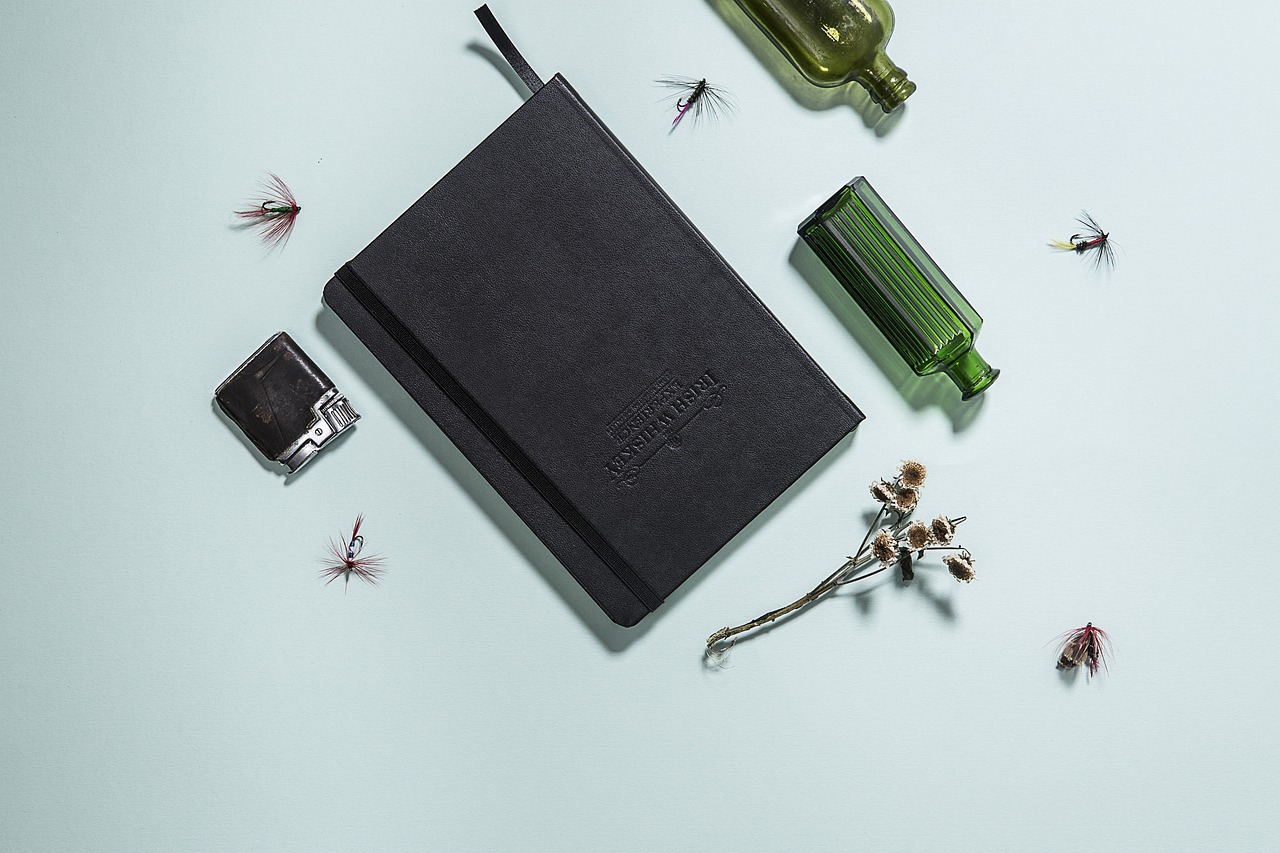
Types of Paints and Inks
When it comes to art journaling, the you choose can significantly impact your creative expression. Each medium has its unique characteristics and effects, allowing you to explore different styles and techniques. Let's dive into some of the most popular options, so you can find the perfect fit for your artistic endeavors.
Acrylic Paints are a favorite among many artists for their versatility and vibrant colors. They dry quickly, making them ideal for layering and mixed media projects. You can use them straight from the tube for bold strokes or dilute them with water for a more watercolor-like effect. Their ability to adhere to various surfaces, including paper, canvas, and even fabric, makes acrylics a fantastic choice for your art journal.
On the other hand, Watercolors offer a delicate and fluid approach to painting. They can create soft washes and intricate details, perfect for capturing the essence of a scene or emotion. Watercolors are particularly appealing for those who enjoy a more spontaneous and loose style. The challenge lies in their unpredictability, as they can blend and flow in unexpected ways, leading to delightful surprises on your pages.
Another exciting option is Gel Pens, which are perfect for adding fine details and vibrant colors to your journal. These pens come in various shades, including metallic and glitter options, allowing you to add a touch of sparkle to your artwork. They're great for doodling, writing, or enhancing your painted backgrounds. Just remember that gel pens may take a bit longer to dry, so be cautious when layering them with other mediums.
In addition to these, you might want to explore Ink Sprays and Markers. Ink sprays can create beautiful backgrounds with their vibrant colors and easy application. Markers, on the other hand, offer precision and control for detailed work. Both mediums can be combined with others to achieve stunning effects, so don't hesitate to experiment!
| Type of Medium | Characteristics | Best For |
|---|---|---|
| Acrylic Paints | Fast-drying, versatile, vibrant | Layering, mixed media |
| Watercolors | Fluid, delicate, unpredictable | Soft washes, spontaneous styles |
| Gel Pens | Fine details, vibrant, various finishes | Doodling, writing, enhancing |
| Ink Sprays | Easy application, vibrant backgrounds | Backgrounds, layering |
| Markers | Precision, control, various colors | Detailed work, outlines |
Ultimately, the choice of paints and inks in your art journal is about what resonates with you. Don't be afraid to mix and match different mediums to discover your unique artistic voice. The beauty of art journaling lies in the freedom to explore, so go ahead and let your creativity flow!
- What is the best type of paint for beginners? Acrylic paints are often recommended for beginners due to their versatility and ease of use.
- Can I use regular paper for art journaling? While you can, it's best to use paper designed for mixed media or watercolor to prevent warping and tearing.
- How do I clean my brushes after using acrylic paint? Rinse your brushes with water immediately after use and clean them with soap to maintain their shape and longevity.
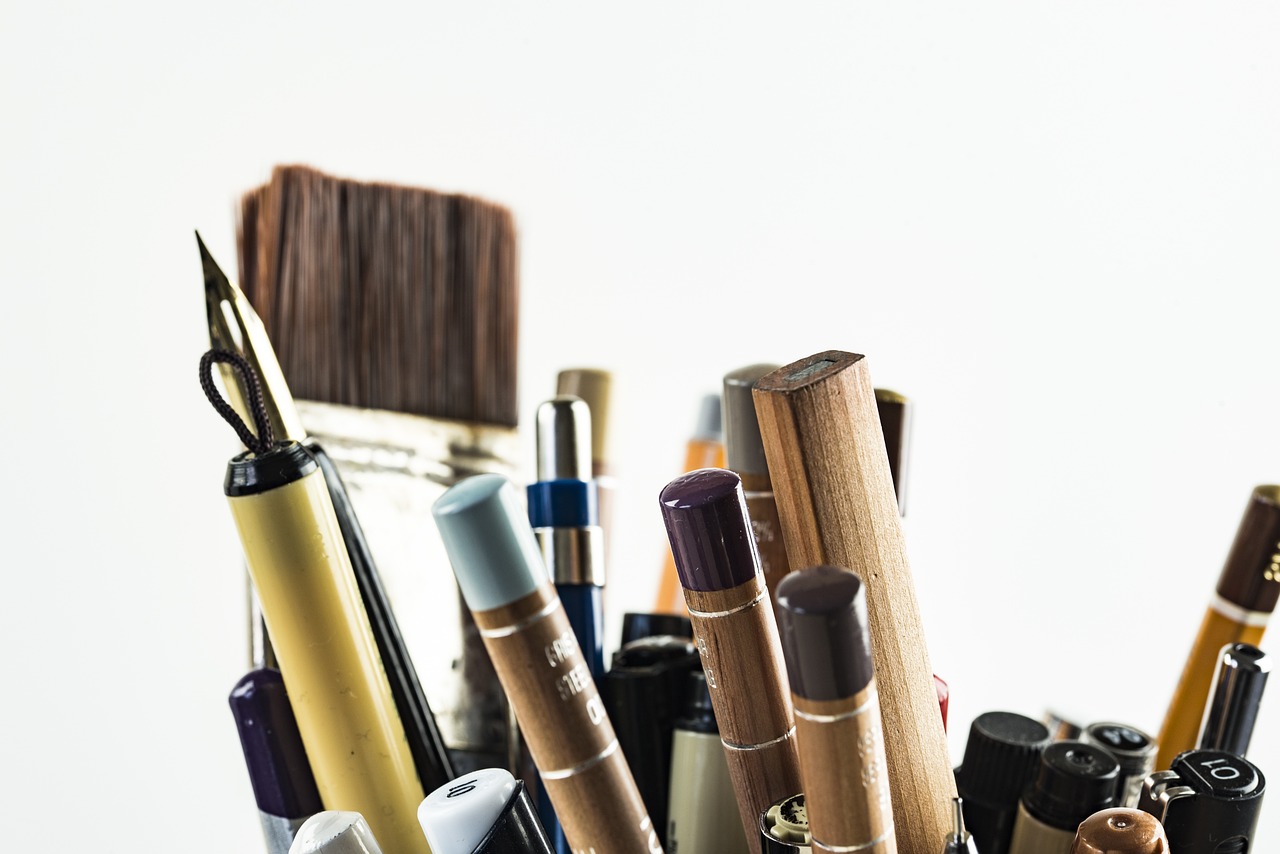
Choosing Brushes and Tools
When it comes to art journaling, the brushes and tools you choose can significantly impact your creative process and the final outcome of your pages. Think of your brushes as the instruments of your artistic symphony; each one plays a unique role in bringing your vision to life. So, how do you select the right brushes and tools? Let's dive into the essentials!
First, consider the types of brushes available. There are several varieties, each designed for different techniques and effects. For instance, round brushes are fantastic for detail work and fine lines, while flat brushes are perfect for broad strokes and filling in larger areas. Here’s a quick breakdown:
| Brush Type | Best For |
|---|---|
| Round Brush | Detail work, lines, and dots |
| Flat Brush | Filling in large areas, bold strokes |
| Filbert Brush | Blending and soft edges |
| Fan Brush | Texture and special effects |
Next, don't overlook the importance of tools beyond brushes. Tools like palette knives, sponges, and even your fingers can create stunning textures and effects. Using a palette knife, for instance, can give your paint a thick, impasto effect, while sponges can help you achieve soft, blended areas. The key is to experiment and find what feels right for you.
Another factor to consider is the quality of your brushes. Investing in a few high-quality brushes can make a world of difference. Cheaper brushes may shed bristles or lose their shape, leading to frustration in your creative process. Look for brushes made with durable materials, such as synthetic fibers or natural hair, depending on your preference and budget.
Also, don't forget about the size of your brushes. Having a variety of sizes allows you to tackle different projects and techniques. A small brush can be great for intricate details, while a larger one can help cover more area quickly. Think of your art journal as a canvas where each page is a new opportunity to express yourself; having the right tools at your disposal can make that expression even more powerful.
Lastly, consider your personal style. Your choice of brushes and tools should reflect your artistic voice. Are you drawn to bold, sweeping strokes or intricate details? Whatever your preference, let it guide your selections. Remember, the right tools can enhance your creativity, but they should also resonate with who you are as an artist.
In conclusion, choosing the right brushes and tools is not just about functionality; it’s about enhancing your artistic journey. So go ahead, explore different options, and find what works best for you. Your art journal is a personal space, and the tools you use should help you express your unique creativity!
- What type of brush should I start with? If you're a beginner, a round and flat brush are great starting points as they are versatile and can be used for various techniques.
- How do I clean my brushes? Clean your brushes with soap and warm water immediately after use to maintain their shape and longevity.
- Can I use non-art supplies in my art journal? Absolutely! Feel free to use household items like sponges, cardboard, or even your fingers to create unique textures.
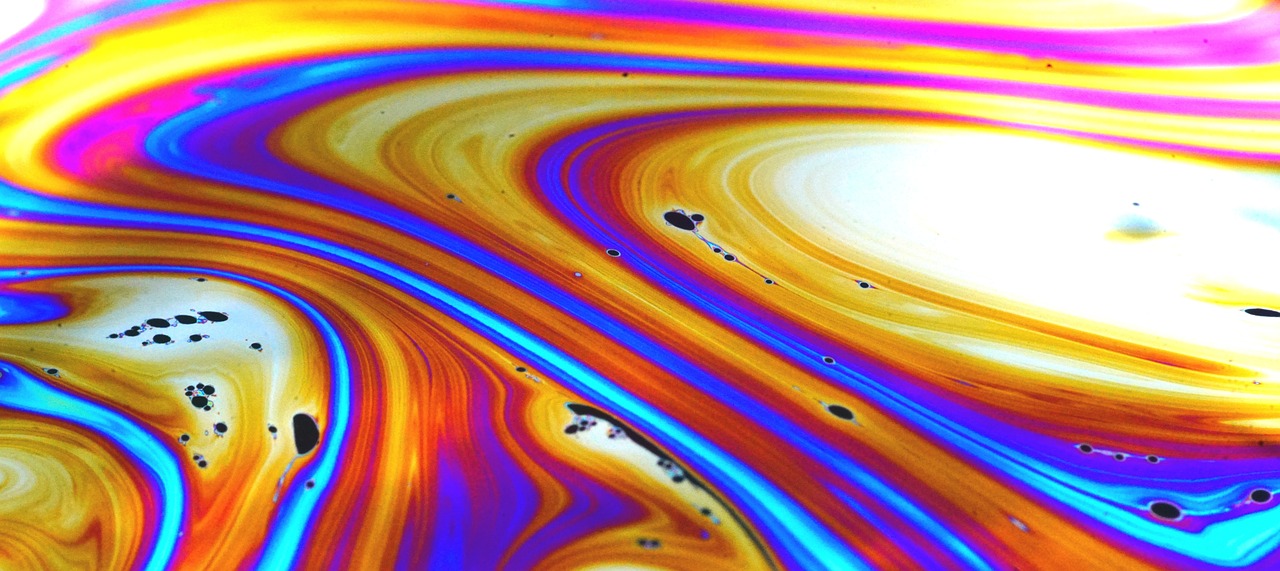
Incorporating Mixed Media
Incorporating mixed media into your art journal is like throwing a surprise party for your creativity! It opens up a world of possibilities, allowing you to blend various materials and techniques to create something truly unique. Imagine taking a simple page and transforming it into a vibrant tapestry of textures, colors, and stories. The beauty of mixed media lies in its freedom; there are no strict rules, just endless opportunities to express yourself.
To get started with mixed media, consider combining traditional art supplies with unconventional materials. For instance, you might use acrylic paints alongside fabric scraps, old photographs, or even natural elements like leaves and flowers. The key is to experiment! Each layer you add to your page can create depth and intrigue, making your artwork visually captivating. You could even create a collage with magazine cutouts that resonate with your emotions or experiences, adding a personal touch to your journal.
When working with mixed media, it's essential to think about how different materials interact. For example, if you're using watercolors and want to add some paper elements, ensure that the paper is sturdy enough to hold up against the moisture. A great tip is to use gel medium as an adhesive, which not only bonds materials but also acts as a protective layer over your artwork. This way, your journal pages can withstand the test of time, preserving your creative journey.
Here’s a quick overview of materials you might consider incorporating into your mixed media art journal:
| Material | Use |
|---|---|
| Acrylic Paints | For vibrant colors and textures |
| Watercolors | To create soft washes and blending effects |
| Fabric Scraps | Add texture and a tactile element |
| Old Photographs | Introduce personal memories and narrative |
| Natural Elements | Bring a touch of nature and organic beauty |
Don't forget to embrace the messiness that comes with mixed media! Sometimes the most beautiful pieces emerge from unexpected accidents. If paint spills or glue smudges occur, think of them as happy accidents that add character to your work. Remember, art journaling is about the journey, not just the destination. So, grab your materials, let your imagination run wild, and watch as your art journal transforms into a vivid reflection of your creativity!
Q: What is mixed media in art journaling?
A: Mixed media refers to the use of multiple materials and techniques in a single artwork, allowing artists to combine various elements like paint, paper, fabric, and found objects for a unique expression.
Q: Do I need special materials to start mixed media art journaling?
A: No, you can start with basic supplies like paints, markers, and paper. As you grow in your practice, you can incorporate more diverse materials based on your interests.
Q: How can I protect my mixed media pages?
A: Using a gel medium or varnish can help protect your pages from wear and tear, ensuring that your artwork lasts over time.
Q: Can I combine digital elements with mixed media?
A: Absolutely! You can print digital images or designs and incorporate them into your journal, blending traditional and digital art forms.
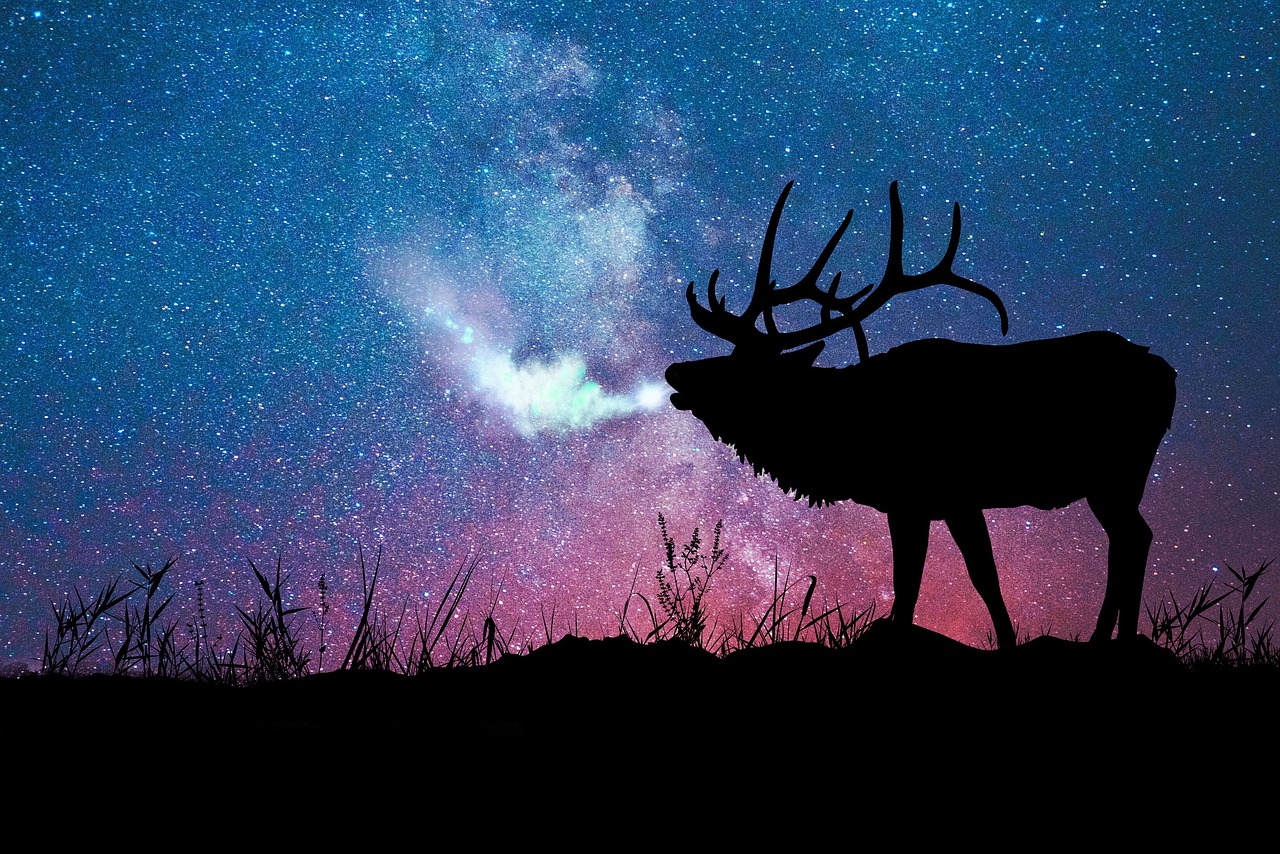
Finding Inspiration for Your Pages
Finding inspiration for your art journal can often feel like hunting for treasure in a vast ocean. It’s out there, but sometimes you just need the right tools and mindset to uncover it! One of the most exhilarating aspects of art journaling is that inspiration can come from anywhere—your surroundings, your emotions, or even the mundane aspects of daily life. So, let’s dive into some effective strategies to light that creative spark and help you fill those pages with vibrant expressions of your artistic voice.
First off, consider taking nature walks. Nature is a breathtaking source of inspiration, bursting with colors, shapes, and textures that can ignite your imagination. Whether it’s the delicate petals of a flower or the rough bark of a tree, everything around you can serve as a muse. Bring along a small sketchbook or a camera to capture moments that resonate with you. Later, use those sketches or photographs as a foundation for your journal entries.
Another fantastic way to gather inspiration is through art books and magazines. Flip through the pages of a beautifully illustrated book, and you might find yourself captivated by an artist’s unique style or technique. Don’t just stop at admiring—take notes or create a collage of images that inspire you. You can even create a mood board in your journal that reflects the themes or colors you want to explore.
Online communities can also be a goldmine for inspiration. Platforms like Instagram, Pinterest, and various art forums are filled with artists sharing their work and processes. Engaging with these communities can expose you to new styles and techniques that you might want to incorporate into your own art journal. Plus, seeing others' work can motivate you to pick up your brush or pen and create.
Sometimes, inspiration can stem from your own emotions and experiences. Reflecting on your day, your thoughts, or even your dreams can lead to profound artistic expressions. Consider keeping a small notebook where you jot down feelings, quotes, or ideas that come to you throughout the day. When you sit down to journal, these snippets can be the perfect starting point for your pages.
Lastly, remember that inspiration doesn’t always have to come from outside sources. Allow yourself to experiment and play with your materials. Sometimes, the act of creating itself can lead to unexpected discoveries. Try out new techniques or mediums without the pressure of perfection. As you explore, you may find that the process becomes a source of inspiration in itself.
In conclusion, finding inspiration for your art journal is a personal journey that can take many forms. Embrace the world around you, engage with fellow artists, and most importantly, allow yourself the freedom to create without boundaries. Your art journal is a reflection of you, and the more you explore, the richer your pages will become.
- What should I do if I’m feeling uninspired? Take a break and engage in a different creative activity, like doodling or coloring. Sometimes stepping away can reignite your passion.
- How can I overcome the fear of making mistakes in my journal? Remember that your art journal is a safe space for experimentation. Embrace imperfections as part of your artistic journey!
- Are there specific themes I should follow in my art journal? Not at all! Themes can evolve naturally. Follow what feels right to you at the moment, whether it’s nature, emotions, or abstract ideas.
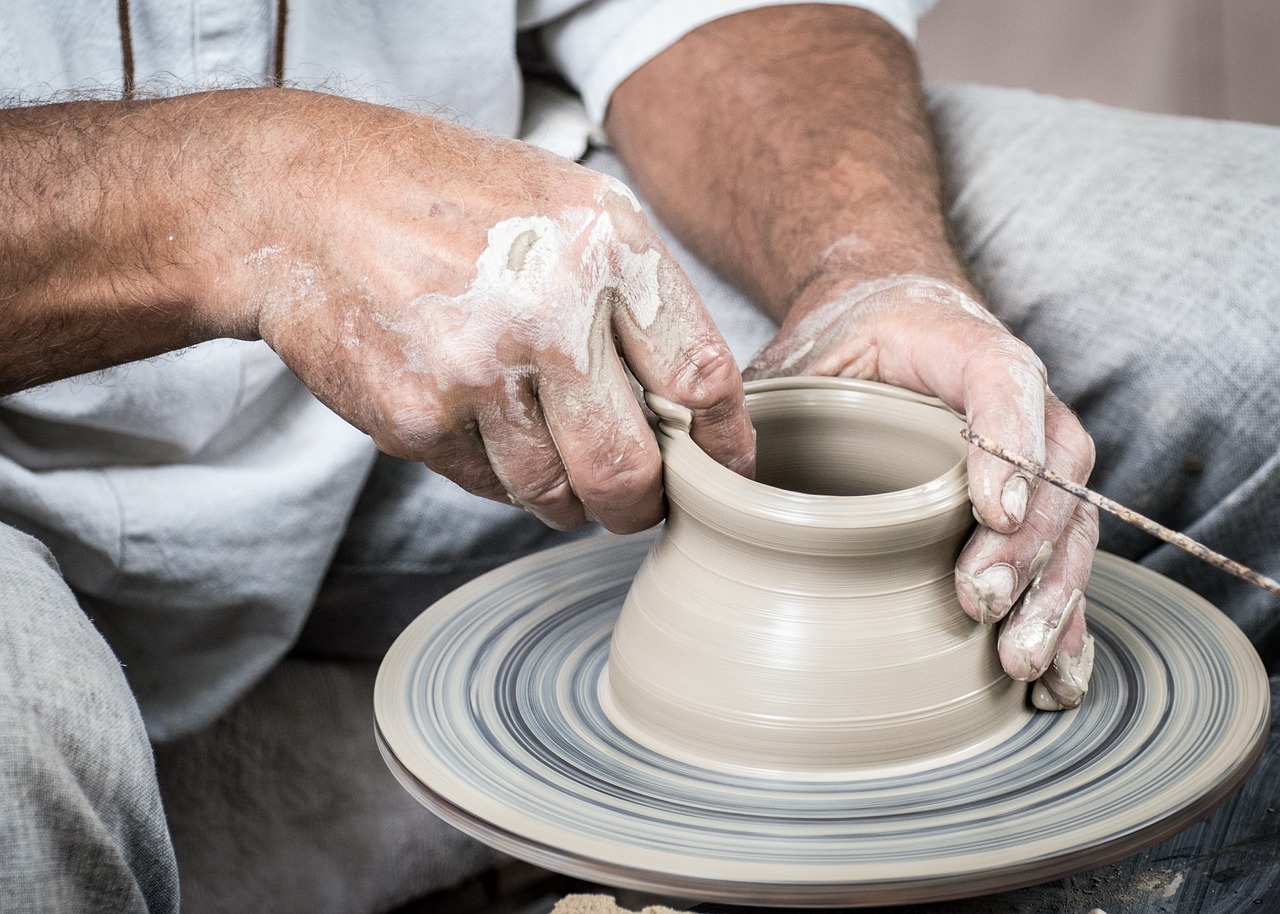
Techniques to Explore in Your Journal
When it comes to art journaling, the magic often lies in the techniques you choose to explore. Think of your journal as a playground where you can experiment without the fear of failure. After all, every stroke of the brush or splash of paint is a step toward discovering your unique artistic voice. One of the most exciting aspects of art journaling is the opportunity to experiment with various methods that can transform your pages into vibrant expressions of your creativity.
One technique that every art journaler should embrace is layering. This method involves applying multiple layers of materials, such as paint, paper, and textures, to create depth and intrigue. Imagine building a sandwich: each layer adds flavor and complexity, making the final product much more satisfying. Start with a base layer of paint, then add torn pieces of paper, followed by more paint or even fabric swatches. The combination of textures and colors can lead to stunning visual effects that capture the eye.
Another exciting avenue to explore is the use of stencils and masks. These tools can help you create intricate designs and patterns with ease. Think of stencils as your artistic templates, allowing you to replicate shapes and motifs across your pages. When using stencils, consider layering them with different colors to achieve a sense of dimension. Masks, on the other hand, can protect certain areas of your page while you apply paint or ink, resulting in striking contrasts. The interplay between positive and negative space can lead to captivating compositions that draw the viewer in.
In addition to layering and stenciling, don't shy away from incorporating collage techniques into your art journal. Collage is like a visual storytelling method where you combine various elements—such as magazine cutouts, photographs, and textured papers—into a cohesive piece. This technique not only allows for a diverse range of materials but also encourages you to think outside the box. You might find inspiration in old postcards, ticket stubs, or even fabric scraps. The beauty of collage lies in its ability to convey emotions and narratives that are deeply personal.
As you dive deeper into your art journaling journey, consider experimenting with colors and techniques that evoke different moods. For instance, warm colors like reds and oranges can create feelings of energy and excitement, while cool colors like blues and greens can evoke calmness and tranquility. Mixing colors can also lead to unexpected results, so don't hesitate to let your intuition guide you. Each page can become a reflection of your current emotions, thoughts, and experiences.
Finally, remember that the process of art journaling is just as important as the end result. Embrace the messiness of creativity! Allow yourself to make mistakes, to spill paint, or to create pages that don’t turn out as you envisioned. Each misstep is an opportunity to learn and grow as an artist. After all, art is not about perfection; it’s about expression. So grab your supplies, let your imagination run wild, and explore the endless possibilities that await you in your art journal.
- What materials do I need to start an art journal? You can begin with a simple sketchbook, some basic paints, brushes, and any other supplies you feel drawn to, like markers or collage materials.
- How often should I journal? There's no right or wrong answer! Some people journal daily, while others may do so weekly or whenever inspiration strikes. The key is to enjoy the process.
- Can I use digital tools for art journaling? Absolutely! Digital art journaling is a fantastic way to explore creativity, and there are many apps available that can help you create stunning digital pages.

Layering Techniques
Layering is an incredibly powerful technique in art journaling that can transform your pages from simple to stunning. Imagine building a cake, where each layer adds flavor and texture; that's exactly how layering works in your journal. By applying multiple layers of paint, paper, and other materials, you can create a sense of depth and intrigue that draws the viewer in. This technique not only enhances the visual appeal of your artwork but also allows you to express your creativity in unique ways.
To get started with layering, it’s essential to understand the basic principles. You can use different mediums to create layers, such as acrylic paints, watercolors, or even collage elements. Each layer serves a purpose—some might add color, while others introduce texture or pattern. For instance, you might begin with a wash of watercolor to set the background, then add stenciled patterns with acrylic paint, followed by collage elements like magazine cutouts or fabric scraps. This combination creates a rich tapestry of visual interest.
Here are some tips to keep in mind while experimenting with layering:
- Start Light: Begin with lighter colors and transparent materials to avoid overwhelming your page.
- Build Gradually: Add layers slowly, allowing each one to dry before applying the next. This helps maintain clarity and prevents muddiness.
- Experiment: Don’t be afraid to try unconventional materials. For example, using old book pages or textured fabrics can add an unexpected twist to your layers.
- Embrace Mistakes: Sometimes, the best layers come from happy accidents. If something doesn’t turn out as planned, find a way to incorporate it into your design.
As you practice layering, consider the emotional impact of your choices. Each layer can tell a story or convey a feeling, so think about how colors and textures resonate with you. For example, warm colors might evoke feelings of joy and energy, while cooler tones can create a sense of calm. This emotional connection can make your art journal not just a collection of images, but a personal narrative.
Lastly, always remember that layering is about exploration. There are no strict rules—just guidelines that encourage you to discover what works best for you. So grab your supplies, let your imagination run wild, and watch as your art journal transforms into a vibrant expression of your artistic journey!
Q: What materials do I need to start layering in my art journal?
A: You’ll need a variety of paints (acrylics, watercolors), brushes, sponges, stencils, and collage materials (like paper, fabric, and photographs). Don't forget a good quality journal that can handle mixed media!
Q: How do I avoid making my layers look muddy?
A: To prevent muddiness, start with lighter layers and allow each one to dry completely before adding the next. Use contrasting colors and avoid over-mixing paints.
Q: Can I use layering techniques with digital art?
A: Absolutely! Many digital art programs allow you to create layers similarly to traditional methods. You can manipulate each layer independently, giving you the freedom to experiment without the mess.
Q: How do I know when to stop layering?
A: It can be tricky, but a good rule of thumb is to step back and evaluate your work regularly. If you feel the piece is cohesive and communicates what you intended, it might be time to stop!
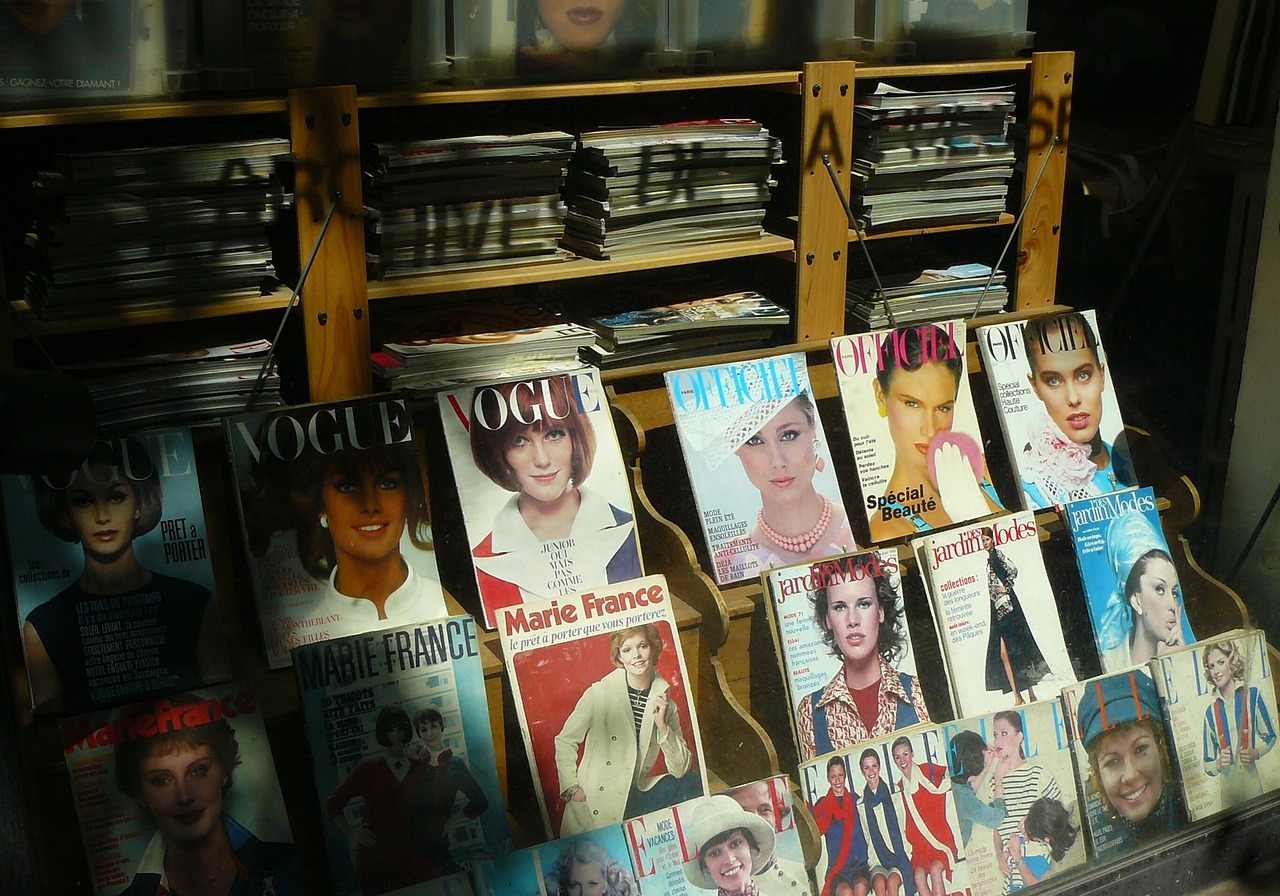
Using Stencils and Masks
Using stencils and masks in your art journal can be a game-changer, elevating your creative expression to new heights. Imagine being able to effortlessly create intricate designs and patterns that add depth and interest to your pages. Stencils are pre-cut templates that allow you to apply paint or ink in specific shapes, while masks block out areas to create negative space. This technique opens up a world of possibilities for your artwork, making it not only visually appealing but also uniquely yours.
To get started, you don't need to invest in expensive stencils or masks. You can easily create your own using materials like cardstock or plastic sheets. Just cut out shapes that inspire you—think geometric designs, floral patterns, or even words and phrases. The beauty of DIY stencils is that they reflect your personal style, making your art journal even more special.
When using stencils, it's essential to secure them properly on your page to avoid smudging. You can use painter's tape or a light adhesive spray to hold them in place. Once secured, apply your chosen medium—be it spray paint, acrylics, or even ink—using a stencil brush or sponge. The key is to use a light hand to prevent paint from seeping under the edges. The result? Crisp, clean designs that pop off the page!
Masks, on the other hand, allow for a different kind of creativity. By covering parts of your page, you can create stunning contrasts and highlight specific areas. For instance, if you're painting a vibrant background, placing a mask over it before adding another layer can create a striking effect. You can also use masks to create textures, such as clouds or waves, by applying different mediums over them.
Here’s a quick comparison of stencils and masks to help you decide which might suit your project best:
| Feature | Stencils | Masks |
|---|---|---|
| Purpose | To apply paint in specific shapes | To block out areas for negative space |
| Material | Usually plastic or cardstock | Can be made from various materials |
| Techniques | Brushing, sponging, spraying | Layering, texturing, contrast creation |
Incorporating stencils and masks into your art journaling practice not only enhances your pages but also encourages experimentation. Don’t be afraid to mix and match techniques. For example, why not combine stenciling with layering? Create a vibrant background, add a stencil design, and then apply a mask over it to create depth. The possibilities are endless!
Lastly, remember that practice makes perfect. The more you play with stencils and masks, the more comfortable you will become with them. And who knows? You might just develop a signature style that others will admire. So grab your supplies, unleash your creativity, and let your art journal reflect the amazing artist that you are!
Q: Can I use any type of paint with stencils?
A: Yes! You can use various types of paint, including acrylics, spray paints, and even inks. Just ensure the paint isn’t too runny to avoid bleeding under the stencil.
Q: How do I clean my stencils and masks?
A: Cleaning your stencils and masks is simple. Just rinse them with warm water and mild soap immediately after use. For stubborn paint, a gentle scrub with a sponge usually does the trick.
Q: Are there specific brands of stencils and masks you recommend?
A: There are many great brands out there, but some popular ones include Tim Holtz, The Crafter's Workshop, and FolkArt. However, don’t hesitate to explore local craft stores or online marketplaces for unique options!
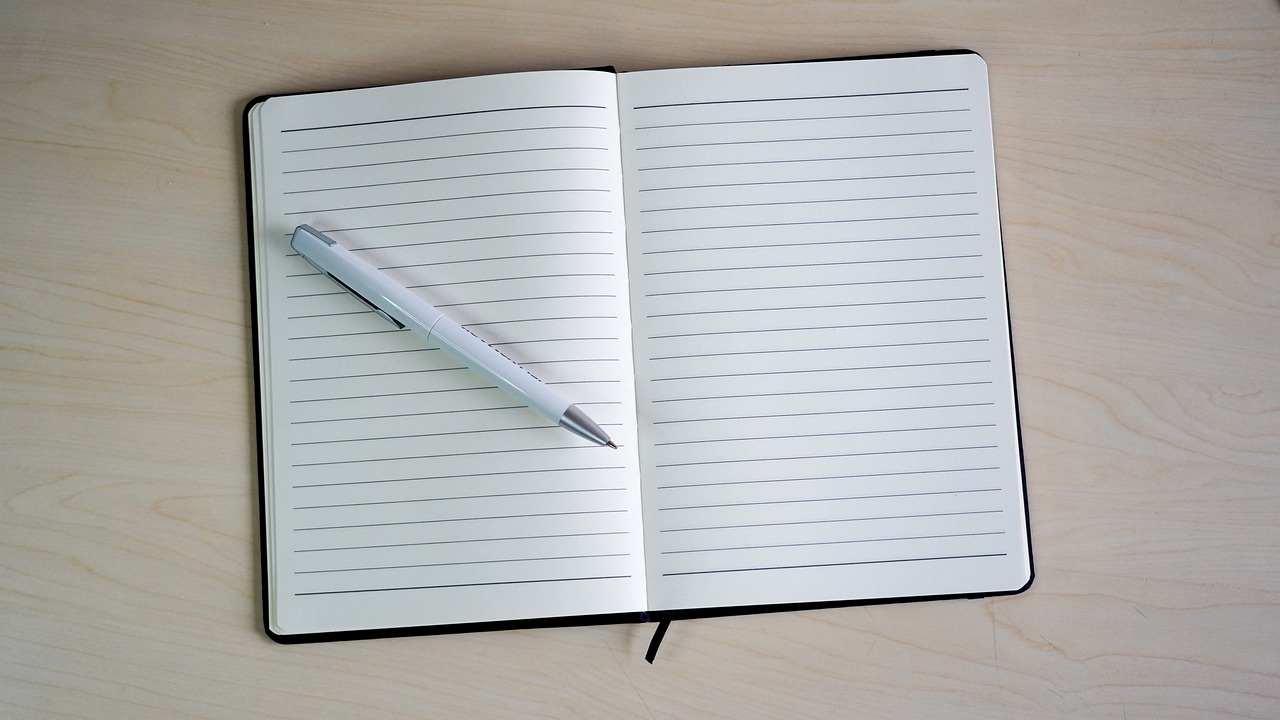
Developing Your Artistic Style
Developing your artistic style is like embarking on a thrilling adventure; it’s a journey that unfolds over time, revealing new landscapes of creativity with each step you take. Just as a chef experiments with various ingredients to create a signature dish, you too can explore different techniques, themes, and mediums to discover what resonates with you. This process is not just about creating art; it’s about expressing your unique voice and perspective in a world full of influences.
To cultivate your style, start by reflecting on what inspires you. Think about the artists, art movements, or even everyday life that captivates your imagination. Is it the vibrant colors of a sunset, the intricate patterns of nature, or the raw emotions captured in abstract art? By identifying your sources of inspiration, you can begin to weave these elements into your own creations, creating a tapestry that is distinctly yours.
Another vital aspect of developing your artistic style is consistency. This doesn’t mean you have to paint the same subject over and over again; rather, it involves finding common threads in your work. You might notice that you frequently use certain colors, shapes, or themes. Embrace these patterns as they can help define your style. For instance, if you find yourself drawn to earthy tones and organic shapes, consider how you can incorporate these elements into different projects. Over time, this will create a cohesive body of work that reflects your artistic journey.
Additionally, don’t shy away from experimenting with various techniques. Try out different mediums—like acrylics, watercolors, or mixed media—and see how they influence your style. The beauty of art journaling is that it allows for freedom and exploration. You can layer textures, play with colors, and even incorporate collage elements. Each new technique you try can offer fresh perspectives and possibilities, ultimately enriching your artistic voice.
As you develop your style, it’s also important to seek feedback from others. Sharing your work with fellow artists or joining online communities can provide valuable insights and constructive critiques. This doesn’t mean you have to change your style based on others’ opinions, but rather use their feedback to refine your approach. Think of it as a dialogue; your art speaks, and others can help you hear it more clearly.
Lastly, remember that developing your artistic style is an ongoing process. It’s perfectly normal for your style to evolve as you grow as an artist. Just like a tree that changes with the seasons, your art will naturally transform over time. Embrace this evolution and allow it to guide your creative journey. Celebrate the milestones, no matter how small, and continue to explore the vast landscape of your imagination.
- How long does it take to develop an artistic style? Developing your artistic style can take time, often months or even years. It requires patience, experimentation, and self-reflection.
- Can I change my artistic style later on? Absolutely! Many artists evolve their styles throughout their careers. Embrace the changes as part of your artistic growth.
- What if I can’t find my artistic style? Don’t worry! Focus on creating regularly and exploring different mediums and techniques. Your style will emerge naturally over time.
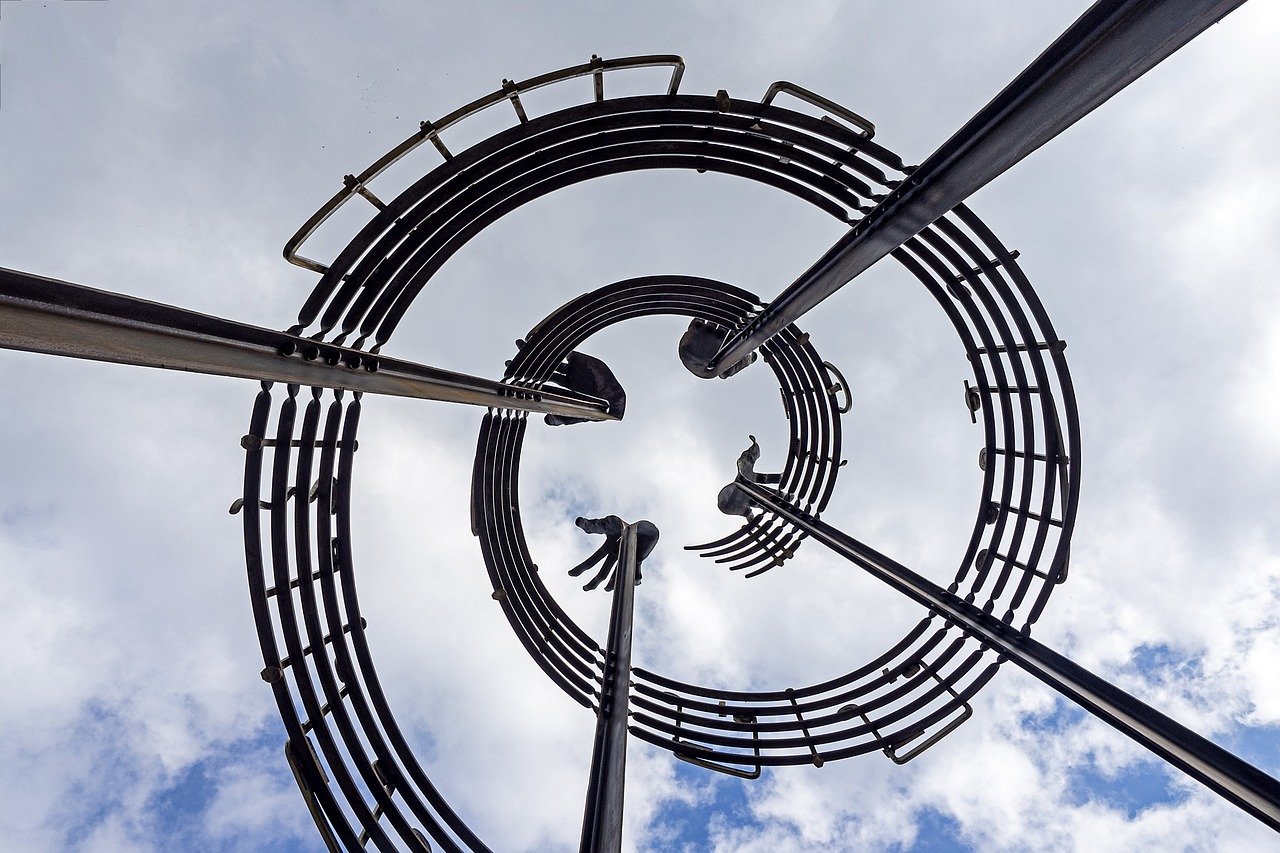
Reflecting on Your Progress
Reflecting on your progress in art journaling is like taking a moment to pause and admire the journey you've embarked on. It’s not just about flipping through the pages; it’s about recognizing the growth in your skills, the evolution of your style, and the stories each page tells. Have you ever gazed at an old photo and been transported back to that moment? That’s the magic of reflection in art journaling. It allows you to connect with your past self and see how far you’ve come.
To truly benefit from reflection, consider setting aside time regularly—perhaps at the end of each month or after completing a certain number of pages. During this time, look through your journal and ask yourself some thought-provoking questions:
- What techniques did I enjoy using the most?
- Which pages resonate with me, and why?
- What themes seem to emerge throughout my work?
- How have my color choices evolved?
- What emotions do my pages evoke?
By contemplating these questions, you can gain valuable insights into your artistic development. This practice not only helps you identify your strengths but also highlights areas that may need improvement. For instance, if you find yourself consistently drawn to certain colors or themes, it might be time to explore those further or challenge yourself with something new. It’s all about finding that balance between comfort and exploration.
To make the most of your reflection time, consider keeping a separate notebook or a digital document where you jot down your thoughts. This can serve as a record of your artistic journey, much like a diary. You can include:
| Date | Reflections | Goals |
|---|---|---|
| March 1, 2023 | Felt a strong connection to nature in my recent pages. | Incorporate more natural elements in future entries. |
| April 15, 2023 | Experimented with layering techniques and loved the outcome. | Try using more mixed media next month. |
This table not only organizes your thoughts but also serves as a motivational tool. When you look back, you’ll see the progression of your ideas and the milestones you’ve achieved. Plus, it can be incredibly rewarding to check off goals as you accomplish them!
Lastly, don’t forget to celebrate your progress! Whether it’s treating yourself to new art supplies or sharing your favorite pages with friends, acknowledging your growth is crucial. It reinforces the joy of creating and keeps your passion alive. So, grab your journal, reflect on your journey, and let your artistic voice continue to flourish!
Q1: How often should I reflect on my art journal progress?
A1: It’s beneficial to reflect at least once a month or after completing a significant number of pages. This allows you to track your growth and set new goals.
Q2: What should I focus on during my reflection time?
A2: Focus on techniques you enjoyed, themes that emerged, and the emotions your pages evoke. This will help you understand your artistic journey better.
Q3: Is it necessary to keep a separate notebook for reflections?
A3: While it’s not necessary, keeping a separate notebook can help you track your thoughts and progress over time, making it easier to see how you’ve evolved.
Q4: How can I celebrate my progress in art journaling?
A4: You can treat yourself to new supplies, share your work with friends, or even host a small art show for yourself to showcase your favorite pages.
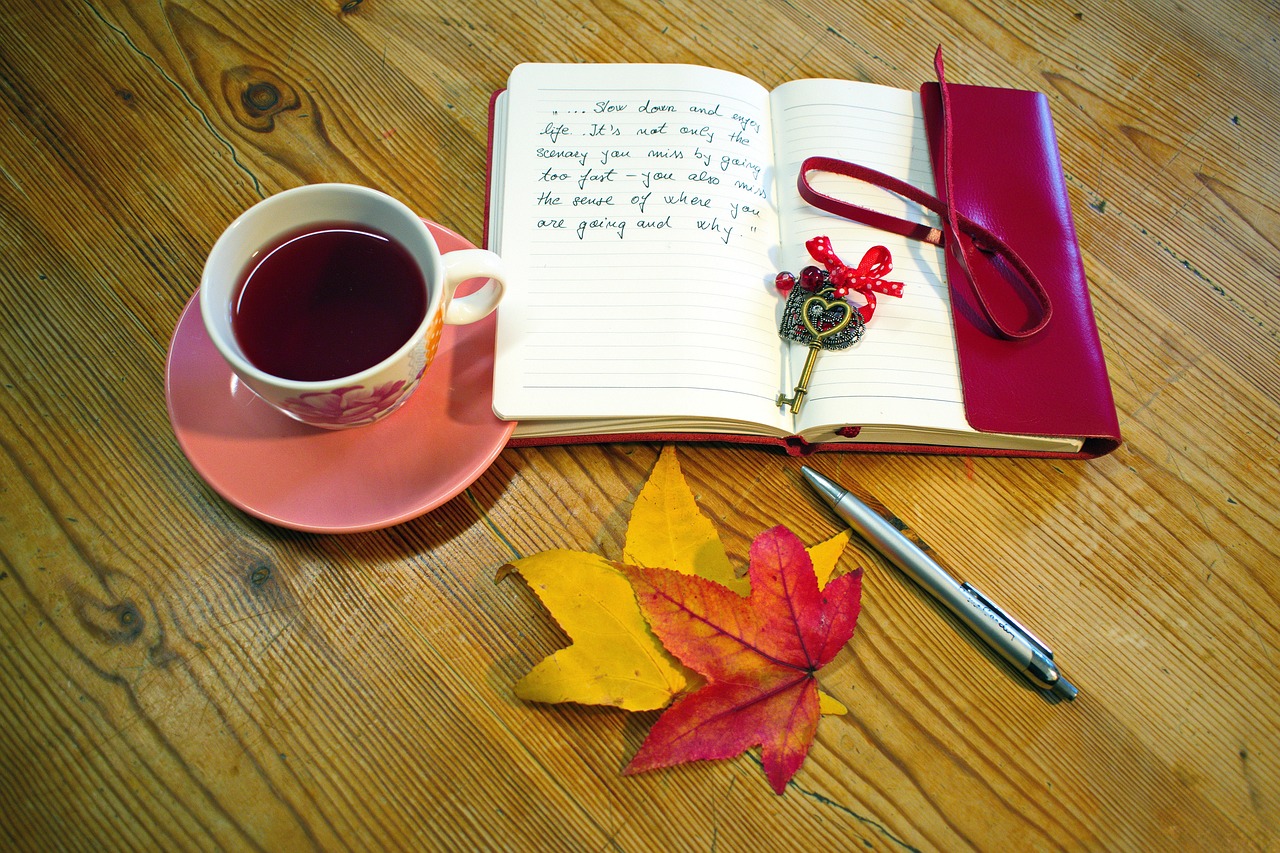
Sharing Your Art Journal
Sharing your art journal is not just about showcasing your work; it's about building connections, receiving feedback, and fostering a sense of community with fellow artists. When you open up your journal to others, you invite them into your creative world, allowing them to see your thoughts, struggles, and triumphs. It’s a bit like inviting someone into your home—your art journal is a reflection of your inner self, and sharing it can be a deeply rewarding experience.
There are numerous platforms where you can share your art journal. Social media sites like Instagram and Pinterest are fantastic for visual storytelling. You can post photos of your pages, share your creative process, and even use hashtags to reach a wider audience. Additionally, consider joining online communities or forums such as DeviantArt or Facebook groups dedicated to art journaling. These spaces not only allow you to share your work but also to engage with others who share your passion.
When sharing your art journal, here are a few tips to keep in mind:
- Be Authentic: Share your genuine self. Let your personality shine through in your posts, whether it's the style of your artwork or the captions you write.
- Engage with Others: Don’t just post your work; interact with fellow artists. Comment on their pieces, ask for feedback, and be part of the conversation.
- Use High-Quality Images: Ensure that the photos of your pages are clear and well-lit. This will help convey the details and textures of your work more effectively.
Moreover, sharing your art journal can open doors to constructive critiques, which are invaluable for artistic growth. Feedback from others can provide new perspectives and insights that you might not have considered. Embrace both positive and constructive criticism as it can help you refine your skills and develop your unique style.
Lastly, don’t forget to celebrate your journey! Sharing milestones, whether it’s completing a page or reaching a personal goal, can inspire others and build a supportive community. Remember, every artist's journey is unique, and your experiences can resonate with others who are on a similar path.
Q1: How do I start sharing my art journal online?
A1: Begin by choosing a platform that feels comfortable for you, such as Instagram or a dedicated art community. Post images of your pages, share your thoughts, and engage with others. Remember, authenticity is key!
Q2: What should I do if I receive negative feedback?
A2: Take a deep breath! Not all feedback will resonate with you, but try to view it as a learning opportunity. Focus on constructive criticism that can help you grow, and remember that not everyone will understand your artistic vision.
Q3: Can I sell my art journal pages?
A3: Yes! If you feel comfortable, you can sell prints or original pages of your art journal. Just be sure to check the copyright laws regarding your work and how it’s shared online.
Frequently Asked Questions
- What type of journal should I choose for art journaling?
Choosing the right journal is essential for your art journey. Look for factors like size, paper quality, and binding type. A thicker paper is great for mixed media, while a smaller size can be more portable. Think about your artistic style and what feels comfortable for you!
- What materials do I need to start an art journal?
To kickstart your art journaling, gather essential materials such as paints, markers, brushes, and collage items. Don't forget to include a variety of mediums like acrylics and watercolors to keep things exciting. The more diverse your tools, the more creative your pages can become!
- How can I find inspiration for my art journal?
Inspiration can strike from anywhere! Try going on nature walks, flipping through art books, or browsing online communities dedicated to art. Sometimes, just a simple change of scenery can spark a flood of ideas for your next page!
- What techniques should I explore in my art journal?
Experimentation is key! Techniques like layering, doodling, and collage can add depth and interest to your pages. Don't be afraid to mix things up and see what resonates with your artistic voice!
- How can I develop my own artistic style?
Developing a personal style takes time and practice. Reflect on your previous works, identify themes and colors that speak to you, and incorporate them consistently into your journal. Your unique artistic voice will emerge as you continue to create!
- Is it important to share my art journal with others?
Absolutely! Sharing your work can foster a sense of community and open doors for feedback. Whether it’s through social media or local art groups, connecting with fellow artists can boost your confidence and inspire new ideas!



















